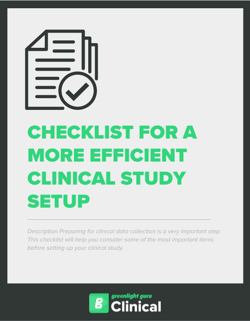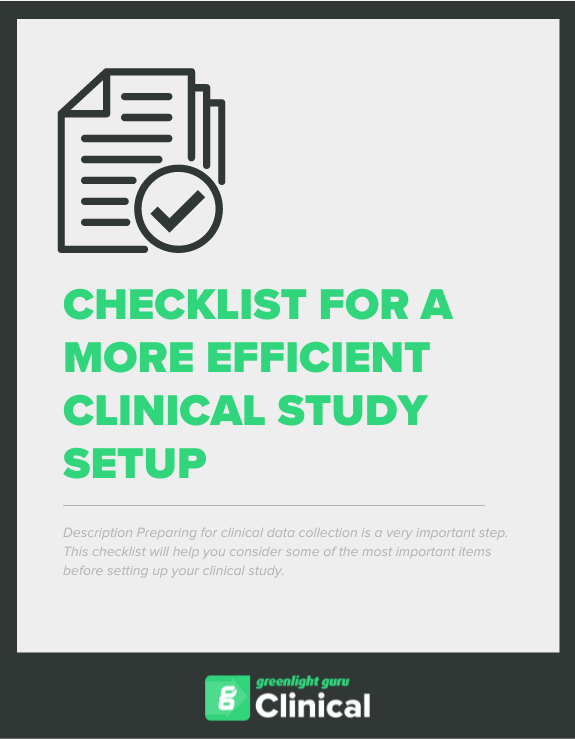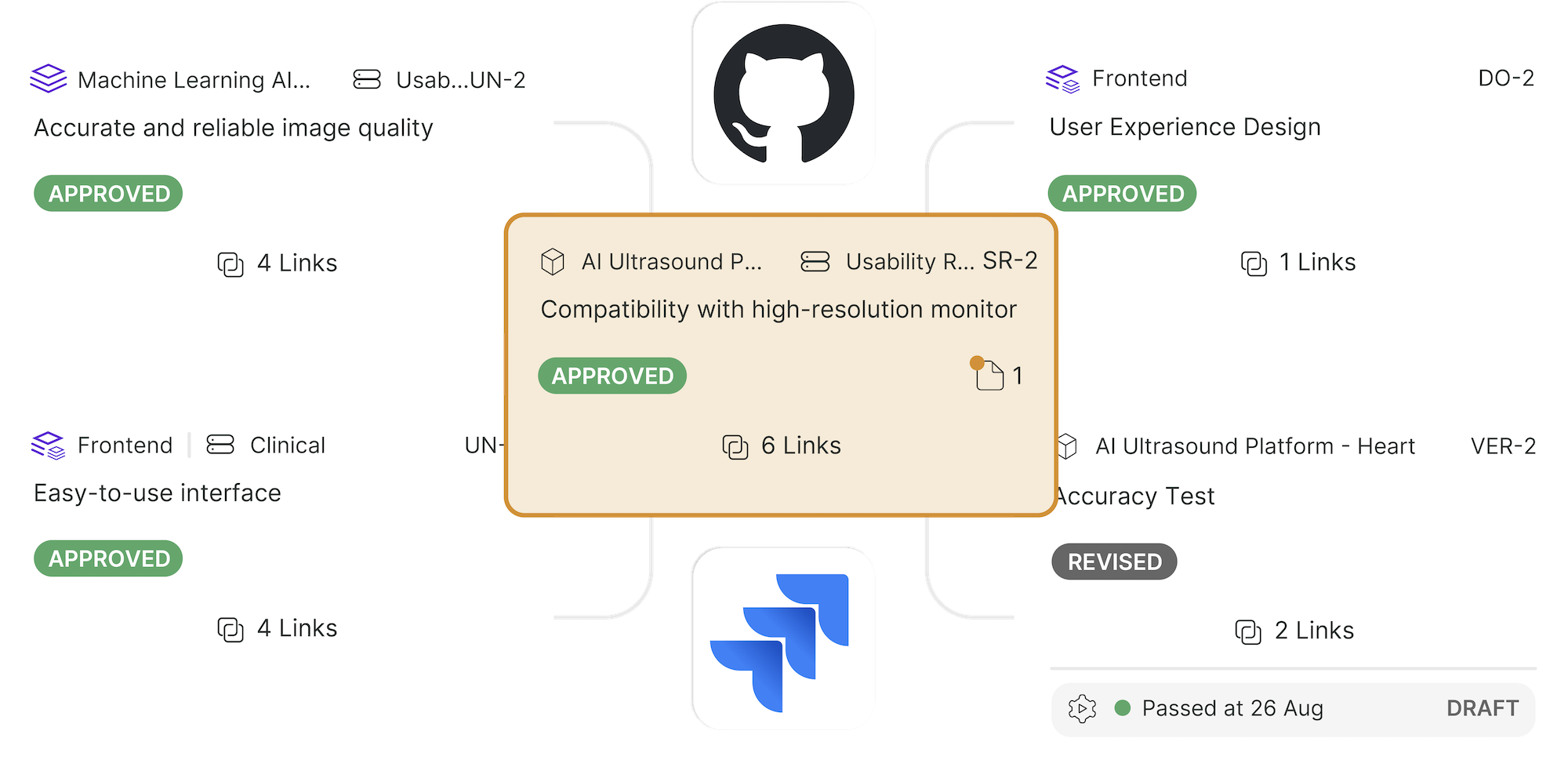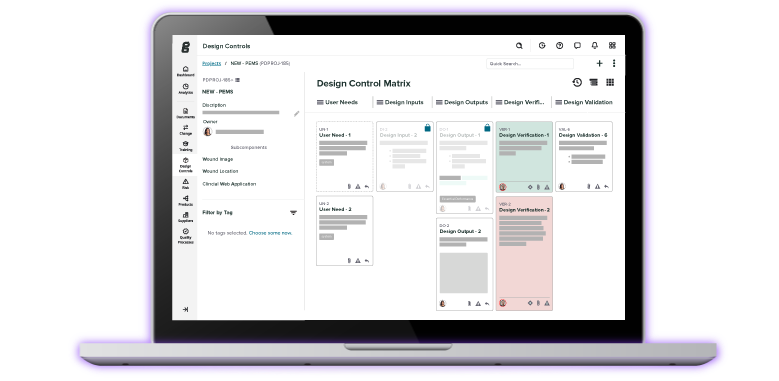The 5 most common clinical data pitfalls in 2025 (and how to avoid them)
.png?width=860&height=430&name=The%205%20most%20common%20clinical%20data%20pitfalls%20in%202025%20(and%20how%20to%20avoid%20them).png)
The methods and practices you use for collecting and managing clinical data will ultimately make or break the success of any clinical trial. A study may have an excellent design that’s executed flawlessly by each clinical site, but if there are errors in data collection, or the collection methods are not compliant with regulations, the sponsor may not be able to use that data in their regulatory submissions.
And while there are a number of pitfalls to watch out for when it comes to clinical data collection, fortunately, there are also tried and true solutions to each of them.
5 common clinical data pitfalls
Here’s what to watch out for if you’re conducting a clinical trial in 2025:
1. Using general purpose tools for data collection and management
Even in 2025, many MedTech teams begin their clinical studies using general-purpose tools like spreadsheets, Google Drive, or other basic document management options. While these tools may seem convenient initially, they’re not designed to meet regulatory requirements, especially those around validation.
According to ISO 14155:2020 (section 7.8.3), any electronic system you’re using for clinical activities must be validated “in order to evaluate the authenticity, accuracy, reliability, and consistent intended performance of the data system.”
That means setting up requirements for how the system must work and perform and then testing the system to ensure it fulfills those requirements and documenting the entire process. For general purpose tools, that’s a difficult, and sometimes impossible, task.
The solution: validated software
To ensure they stay in compliance with the requirements of ISO 14155:2020, MedTech teams should invest in purpose-built clinical data management solutions that come pre-validated and provide documentation for regulatory submissions. Validated systems, like Greenlight Guru Clinical, ensure compliance with ISO 14155:2020 and streamline study operations by reducing manual effort and improving data quality and security.
2. Using basic tools for complex studies
Our next pitfall is also fairly common—using manual and outdated tools for complicated studies. In the past, all the documents that were necessary to carry out the study, like protocols, case report forms (CRFs) and consent forms, were physically sent to study sites in bulky binders. And unfortunately, that still happens today.
The issue with using these binders is that they don’t handle complexity and change very well. Trying to scale up or make changes during a study becomes extremely difficult. You can quickly end up with obsolete paper CRFs or email attachments floating around at study sites, with no way of knowing if information is being reported on outdated forms.
It’s also nearly impossible to get real-time status reports on the study when information is living on paper. You can’t quickly pull up a dashboard or have any real confidence that the information you receive is up to date.
The solution: assume maximum complexity
The best solution to these problems is to plan on problems and changes occurring during the study. Plan on protocol changes. Plan on issues cropping up that need to be accounted for in real-time. Plan on maximum complexity, and then choose software tools that allow you to manage it easily, rather than binders that require constant vigilance and manual labor.
To be clear, that will require you to transition away from paper. The only way you can ensure that everyone has access to the latest forms and get trustworthy, real-time access to data is by using an electronic data capture (EDC) system that allows clinicians to enter data directly into the system and prevents the use of outdated forms.
3. Using closed systems
Increasingly, we’re seeing MedTech teams collect more data than ever, often using much more specialized software systems. It’s not unusual for larger companies to begin a clinical trial with upwards of ten different systems they need to bring to a hospital. What this means is that using a closed system—which makes it impossible or difficult to bring data in or out—is a massive hurdle for clinical teams. When teams use multiple disconnected systems, they have to manually export and merge data, which is both highly inefficient and creates enormous opportunity for human error.
The solution: using APIs
This is a fairly simple solution, but you might be surprised at how many systems do not have APIs for easy data transfer. And even if a software tool makes data capture incredibly easy, if you can’t share that data with other systems, you quickly start to lose the benefits of efficiency and data integrity.
Open systems like Greenlight Guru Clinical allow seamless data transfer between EDC, clinical trial management systems (CTMS), and other study tools, reducing manual data entry and ensuring real-time access to updated study data. Automated data flow between systems improves efficiency and data accuracy, eliminating the need for manual transfer, and helps ensure your data is ready for regulatory scrutiny.
4. Forgetting the clinical workflow
As studies become more complex and collect more data, another potential pitfall is that study designers can end up forgetting about the clinical workflow. In other words, they design a study protocol that operates under the assumption that conditions will always be ideal.
And when those study designs meet real-world conditions, all kinds of friction and problems occur due to the difference between reality and what was imagined at the time of design. For example, when studies are run at multiple sites, there’s no guarantee that every site will operate in the exact same way. A design that doesn’t take these differences into account may work well at one site, but cause problems at another.
And the more difficult it is for the clinicians to fit the study into their general clinical workflow, the more friction there is, and the more frustration and errors occur on the clinicians end.
The solution: test, test, and test again
The header says it all. Test your study design as much as possible, and try to involve some of the clinicians who will actually be conducting your study. Naturally, this will be more difficult if you have a multi-site study with many different workflows. But even a little testing of different parts of the study can go a long way.
For instance, if the study is happening in an operating theater, you can check with your sites to see if they’re allowed to bring a tablet into the operating theater. If not, that means data collection will have to happen outside the operating theater. That’s the kind of small, but significant difference that you’ll want to know about ahead of time so you can tailor data collection activities to fit the site’s workflow.
5. Lax data access controls and poor user management
Auditors will always want to see who has access to your EDC system and the permissions within those systems. Unfortunately, teams often grant study access to personnel without strictly managing user roles and permissions. Over time, as employees leave the company or change roles, their access remains active, and creates compliance risks. Even if they are not accessing data or doing anything malicious, their ability to access the data is still an issue.
The solution: tools that complement processes
The first half of the solution to this problem is simply to have documented processes for the discontinuation of system access for anyone who leaves a site or the sponsor’s team. Companies typically remember to take employee badges or laptops back, but they also need to have SOPs in place for revoking software permissions.
The second half of the solution is to use software tools that make it easy to add and remove users, track all data modifications, and keep up-to-date audit logs of all activity.
Greenlight Guru Clinical is the premier EDC system for MedTech
Setting up and executing a clinical study requires an enormous amount of planning and effort. In a situation like that, what you don’t need are extra headaches and hurdles related to your clinical data collection and management.
Instead, you need an EDC solution that makes it simple to set up your studies, get real-time visibility into data, and helps keep you compliant from the very start. When you choose Greenlight Guru Clinical, you’re getting all of that, along with dedicated customer service from MedTech professionals who understand the unique nature of medical device clinical trials.
So if you’re looking for a partner who will be with you every step of the way, then get your free demo of Greenlight Guru Clinical today→
Chris is a biomedical engineer and has been in the medical device space for about 13 years. He spent a number of years managing clinical studies for Class III devices in Pivotal studies, PMA studies, and post-market registries. He is currently working as a Solutions Engineer at Greenlight Guru where he showcases the...
Related Posts
The Essential Guide to eCRF (Electronic Case Report Form) for Medical Devices
Research shows eCRFs faster, more reliable than paper CRFs
Ultimate Guide to Clinical Data Management in MedTech
Get your free resource
Checklist for Clinical Data Collection and Efficient Study Setup











